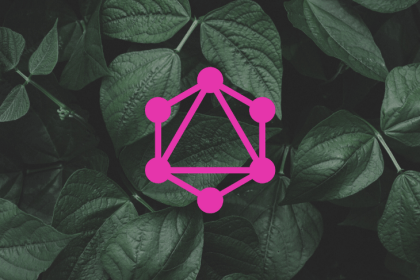
API mocking is a great way to prototype your application when live data is unavailable or unreliable. Learn how to mock GraphQL APIs with json-graphql-server.
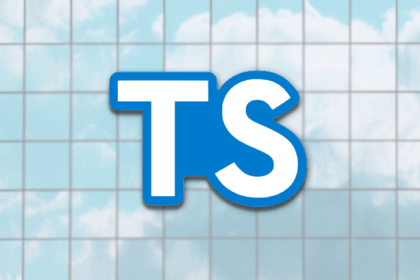
Is it ever OK to reinvent the wheel? We consider MiniQL, a tiny, GraphQL-inspired query language, in pursuit of the answer.
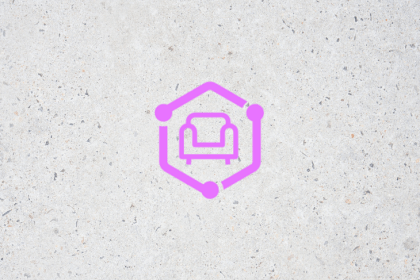
Sofa takes advantage of GraphQL’s standardized schemas and resolvers to map certain API concepts back to REST. It is designed to help you speed up migration to or support of REST in your API and provide your users with different API types.
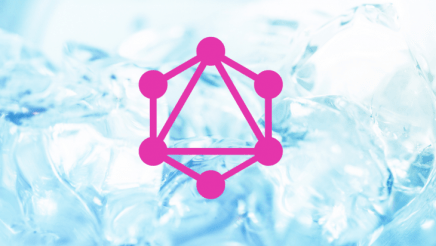
Find out why annotations (or directives) in GraphQL can be key when writing your own modern GraphQL API in this tutorial.
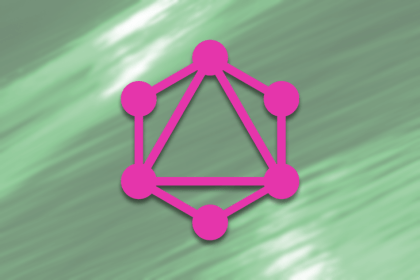
See how code-first GraphQL servers — which have no schema definition language — can manage to provide support for schema-type directives.

We are going to learn about how we can use GraphQL Nexus to create better, type-safe, and declarative GraphQL APIs.
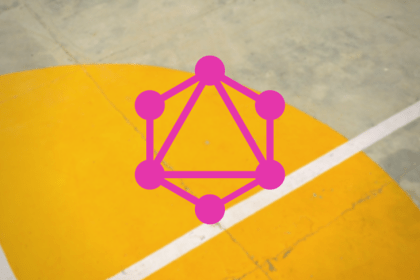
There are so many tools that make learning and using GraphQL easier. Learn how GraphQL Playground, a GraphQL integrated developer environment (IDE), can help you improve your development workflows.
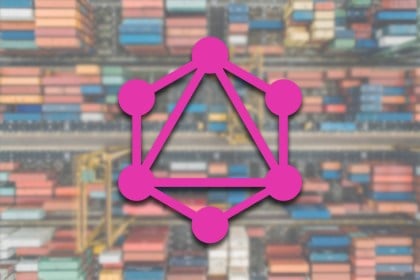
Until GraphQL adds an official @export directive to the spec, implementers need to code this functionality through a custom directive.
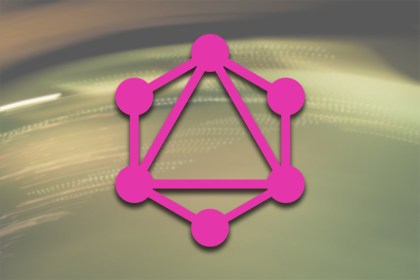
Client-side GraphQL query customization can come in handy when dealing with a large codebase and multiple teams.
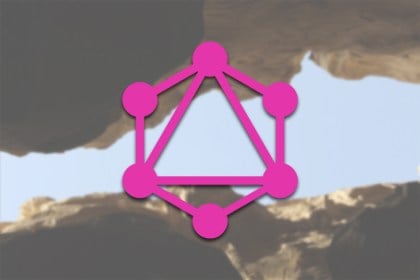
Directives are among GraphQL’s most powerful features, but that’s only if the GraphQL server provides a good support for them.
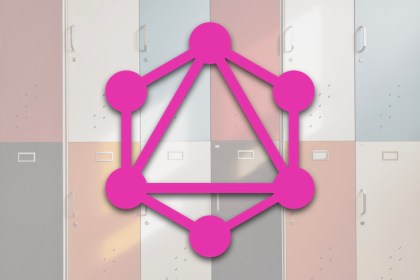
GraphQL’s biggest advantage over REST is that it solves the issue of overfetching data — so long as you have properly designed resolvers.

Learn how to avoid heuristic queries in GraphQL and get your queries to work accurately with unions in your schema.